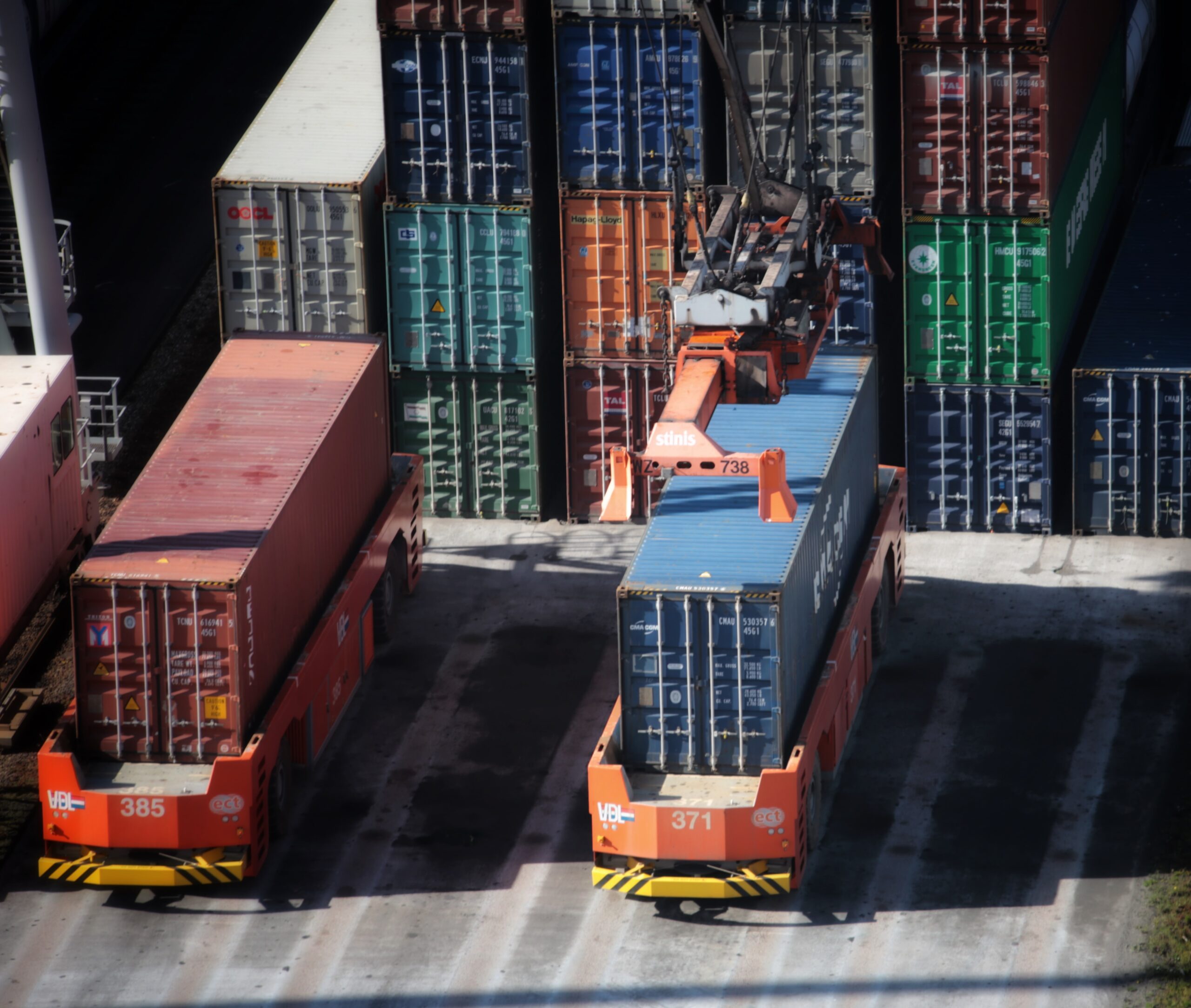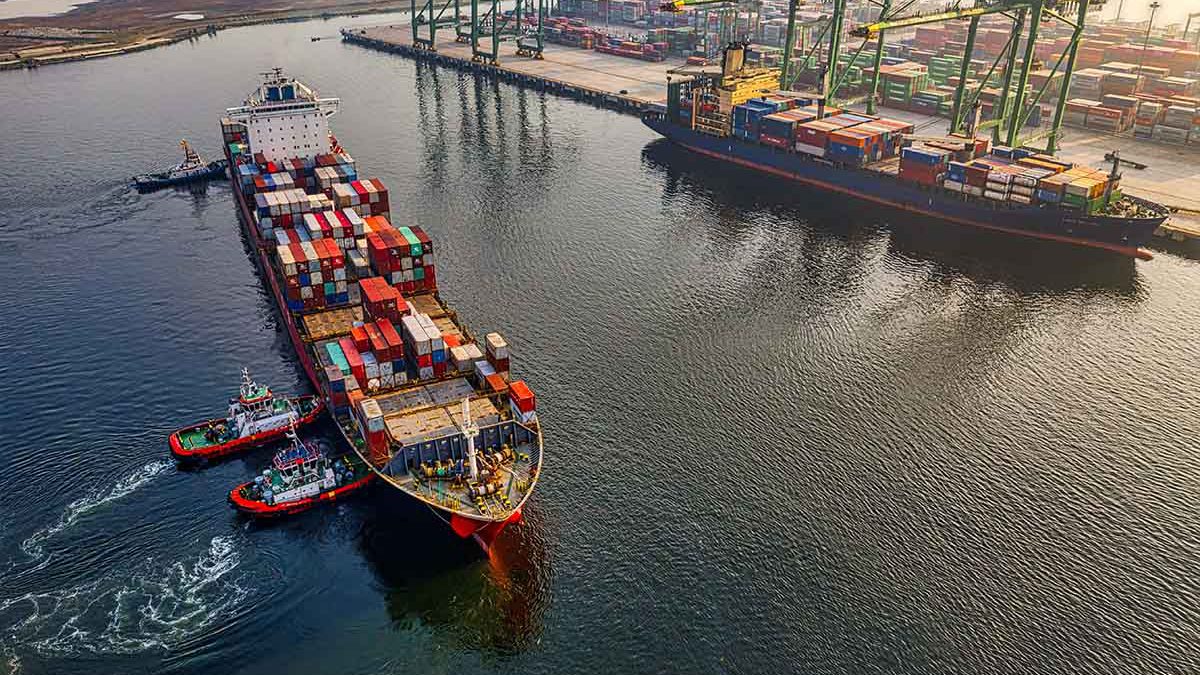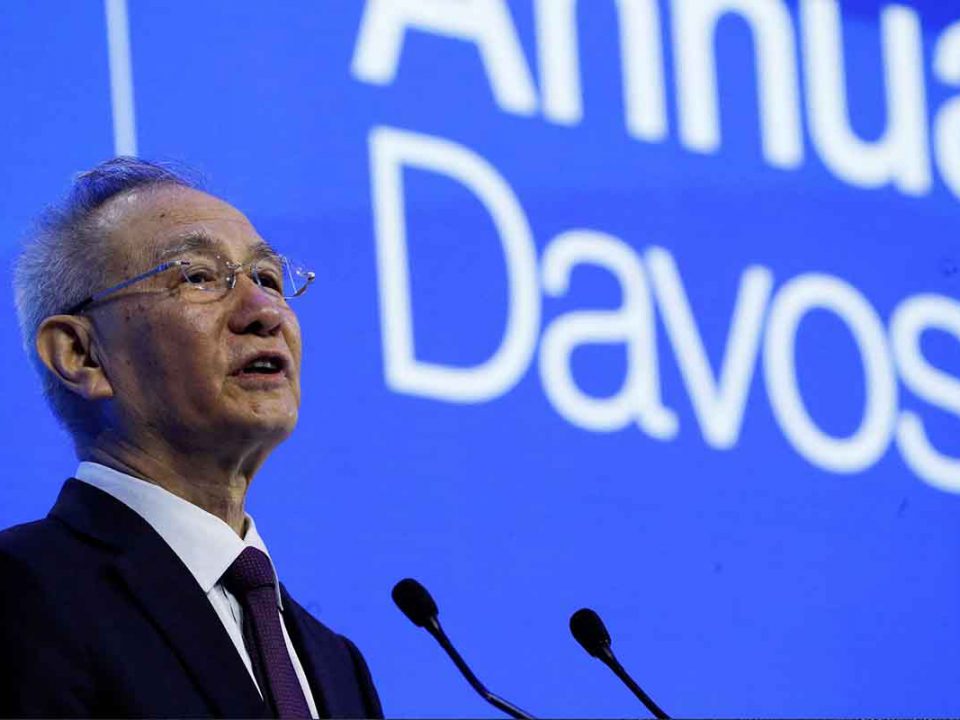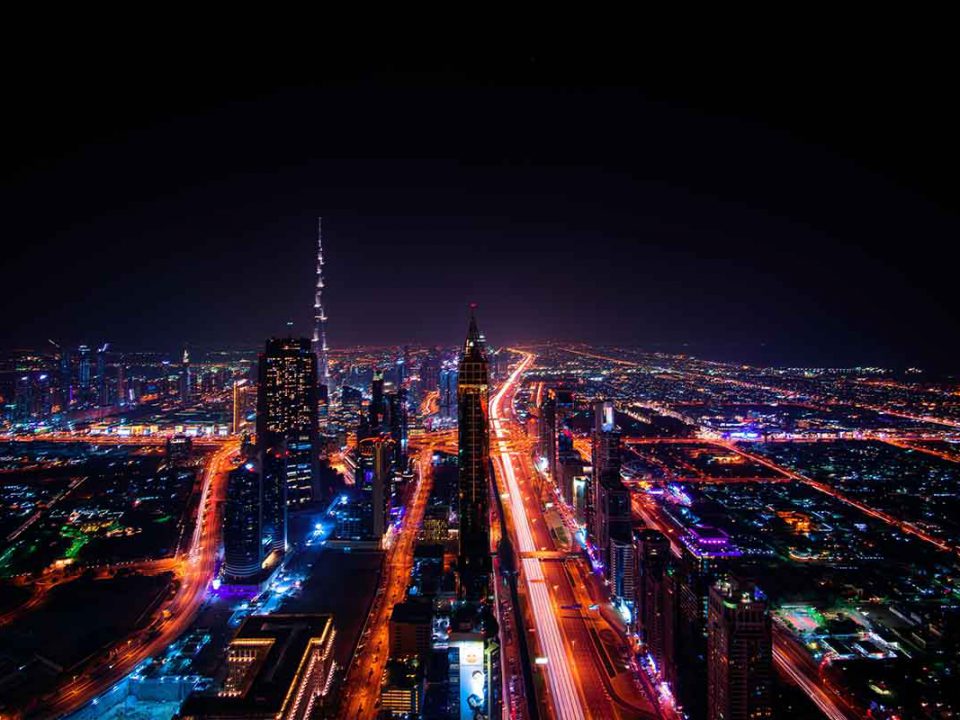International North-South Transit Corridor (INSTC) Impact Analysis

The prospects of the emerging trade ties between India and Australia
July 13, 2022
Davos 2023 – Intueri’s Views
April 23, 2023Background and Introduction
International North-South Transport Corridor (INSTC) is a multi-modal transport corridor which was initially founded by India, Iran, and Russia, and later expanded with the inclusion of 10 other member states. It was established in 2000 and is currently being developed to connect the Indian Ocean and the Persian Gulf to the Caspian Sea via Iran, which will then be connected to Saint Petersburg and North Europe via Russia for the purpose of promoting transportation cooperation among its Member States.
The agreement stands ratified by thirteen (13) countries namely, Azerbaijan, Belarus, Bulgaria, Armenia, India, Iran, Kazakhstan, Kyrgyzstan, Oman, Russia, Tajikistan, Turkey, and Ukraine. The legal framework for the INSTC is provided by a trilateral agreement signed by India, Iran, and Russia at the Euro-Asian Conference on Transport in the year 2002. Since then, Kazakhstan, Belarus, Oman, Tajikistan, Azerbaijan, Armenia, and Syria have signed instruments of accession to become members of the INSTC. The transit corridor is being developed with the objective of promoting regional cooperation-trade and transportation between the member states.

The INSTC essentially will have Central, Western and Eastern Corridors. The Central Corridor which starts at the Jawaharlal Nehru Port, Maharashtra connects to Bandar Abbas Port, Iran. The Western Corridor connects Iran and Azerbaijan through a railway network via Astara and further to Mumbai via sea. Finally, the Eastern corridor connects India to Russia through Central Asia including Kazakhstan, Uzbekistan, and Turkmenistan.
India has proposed to include the Chabahar port in the framework of the INSTC and has welcomed the formation of the India-Uzbekistan-Iran-Afghanistan Working Group on the joint use of the Chabahar port. This would open India’s direct trade with Afghanistan and Central Asia.
The North-South route enables lowering the transportation cost of goods by 30% and time of plying by 40% as compared to the Suez Canal. Thus, This route will provide an economic advantage of a lower capital and cost due to shorter distances covered along with faster deliveries. The development of INSTC will provide direct access to India in Central Asia and Russia. ‘Other available figures indicate that it would take half the time from Mumbai to Europe and Russia on the INSTC than along the sea route, and savings amount to the tune of $2,500 for every 15 tonnes of cargo’[1]. The Standard route takes approximately 40 days in transit, relative to the North-South corridor which will bring it down by more than half.
In the recent past, the Suez Canal route also caused significant losses (US $10bn a day) to trade due to its blockage. The Suez Canal route caters to 10% of the global trade itself, and hence its vulnerabilities can directly impact global trade negatively. Although developments have been in line for the widening of its stretch, the issue called attention to the need for alternative routes. Thus, the strategic development of INSTC is even more important to reduce over-dependence on the Suez Canal route.
The members of the agreement include regions of Europe, Central Asia, Eurasia, South Asia, and the Middle East which are already members of multi-lateral trade agreements like the Commonwealth of Independent States (CIS), Economic Cooperation Organization (ECO), South Asian Association for Regional Cooperation (SAARC), Central Asia Regional Economic Cooperation Program (CAREC), Eurasian Economic Union (EEU), etc. Thus, the development of the corridor will not only facilitate the existing multilateral trade arrangements but also lead the way for better trade relationships among the member countries through new Free Trade Agreements and Bilateral Trade Agreements.
What impact could this have on India’s trade with Iran and Russia?
Presently, the trade levels of India with several of the above-mentioned CIS[2] countries are less than one-per cent, mainly because of a lack of connectivity. However, the bilateral trade relations between India and these countries have been improving. The Indian primary export promotion board also identifies the category of goods that are likely to see a rise in trade given this development. These are, namely:
- Agri and Allied (Coffee, tea, spices, Edible fruits, Cereals, Fish)
- Articles of apparel, not knit
- Engineering-Aircraft and parts thereof
- Organic Chemical Rubber and articles
- Optical, photo and medical instruments
- Project Exports pertaining to the petroleum, Heavy Engineering and Hydrocarbon sectors
Trade between Iran and India has deepened despite the sanctions’ impact. India exports rice, machinery and instruments, metals, primary and semi-finished iron and steel, pharmaceuticals and fine chemicals, processed minerals, manmade yarn and fabrics, tea, organic/inorganic/agrochemicals, and rubber-manufactured products to Iran. Over 80% of India’s crude oil imports are from Iran. With India’s growing energy consumption, it can benefit from the untapped hydrocarbon reserves of Iran. Though, India’s bilateral trade with Iran had remained stagnant after 2019, it remains one of Iran’s major oil importers after China. Thus, the development of INSTC will also mean greater energy security for India. INSTC would also augment the bilateral preferential trade agreement under the Global System of Trade Preferences between India and Iran that has been in the pipeline for some years by facilitating connectivity.
India’s exports to Russia in 2021-22 stood at USD 3.25bn while imports were USD 9.87 bn. Major items of export from India include electrical machinery, pharmaceuticals, organic chemicals, iron and steel, apparel, tea, coffee, and vehicle spare parts. Major items of import from Russia include defence equipment, mineral resources, precious stones and metals, nuclear power equipment, fertilizers, electrical machinery, articles of steel, and inorganic chemicals.

The development of this corridor can prove to strengthen the bilateral trade ties between India and Russia, especially with the deterioration of Russia’s relations with Western countries. Currently, India exports mainly primary goods and lower-end manufactured goods to Russia. A deepening of trade relations in the wake of the Ukraine-Russia conflict may provide the opportunity for India to be the exporter of some of the higher value-added goods like aircraft, spacecraft, and electrical machinery, that were earlier imported from the U.S. and Europe.
In the past, the trade volumes between India and Russia had seen a considerable fall, which mostly accounts for the lack of knowledge on the demand in both the economies and the logistical complexities. Though the mere development of this corridor cannot guarantee an acceleration of inter-regional trade, the development of infrastructure in the markets is expected to amplify demand and lead to growth.
The progress of INSTC will also lead to the development of Iran and Azerbaijan as transit hubs and has the potential to lead to a multi-fold increase in trade by expanding it to the Baltic, Nordic and Arctic regions.
Obstacles to the development
Although the construction of the route is underway, the growth is slow due to several geo-political and technical reasons. The infrastructure development is moving slowly because of a lack of political will and long-term financing strategy. The different members of the convention are characterised by their own different legal regimes and transport laws that are not consistent with each other. Along with that, there remain other areas of lacunae like the security of cargo, insurance coverage, regulatory bureaucracy etc.
Currently, the building up of political and religious tensions between India and the trilateral alliance among Pakistan, Azerbaijan and Turkey may significantly impact the development and operations of INSTC. Pakistan and Azerbaijan share a very strong military cooperation with each other. The former also helped Azerbaijan in its military advancements against Armenia. Thus, Azerbaijan is inclined to assist Pakistan, along with Turkey fuelled by religious sentiments, in its war against India for the Indian State of Kashmir. India on the other hand has maintained cordial relations with Armenia over the decades. With all these countries (except Pakistan), being a member of the INSTC arrangement, political unrest and terrorism-led activities can pose a great threat to the trade taking place through this route. This tension can further be augmented with an expected intervention from China which already maintains a contentious relationship with India. However, the development of the corridor could also be a channel to ease such political tensions given all the member countries are collaboratively working to develop the route and its infrastructure indicating the priority they accord to commercial growth. Increased trade among the member states can bring about cordial relations and may even augment the possibility of the development of a new regional block.
Apart from that, a big challenge facing the development of the INSTC is the ongoing political tension between the US and Iran to deter the development of nuclear weapons by Iran. With the US currently holding a dominant position in the financial market, the negative effects faced by Iran in the form of sanctions also impacted the growth of INSTC. Although Europe and other Asian countries have devised means like Instrument in Support of Trade Exchanges (INSTEX) and Asian Clearing Union (ACU) to trade with Iran to skirt the sanctions, political uncertainties may cause disruption to the operationality of the corridor.
Impact on Indian Private Sector and Corporates
The development and operations of the INSTC will also benefit the private sector of India. With Asia now projected to account for 66% of the global middle class possessing significant purchasing power, the entry into the new markets, that will be provided by the INSTC routes, is expected to benefit the private players in India. The Indian firms engaged in the production of primary goods in the agriculture sector, textiles, organic chemicals etc. can greatly benefit from this advancement. Not only the manufacturers but the cost savings through the shorter route can bring down the transportation costs of the products and make them more competitive in the market which will eventually lower the costs for the retailers and the consumers as well.
India is one of the major importers of crude oil and edible oil, importing about 70% of its total consumption of Sunflower oil from Ukraine and 20% from Russia. With the geo-political constraints imposed by the Ukraine-Russia war and consequent hike in prices, this commercially cheaper route of transportation provided by INSTC will lead to a lowering of import costs of edible oils like sunflower oil. This will lead to significant cost savings for the Indian corporates importing the same from Ukraine by substituting the exporting country and shipping routes.
This development is likely to benefit conglomerates in the primary goods industry and the port and the marine infrastructure development industry. Apart from that, there are also prospective opportunities for developing the transit corridor into a development corridor with industrial parks and special economic zones to add commercial value to INSTC. Such a development would lead to the building of local logistical hubs at locations like Nagpur and Bhiwandi in Maharashtra. Indian firms that already possess expertise and presence in the domain and the location can utilise this opportunity for the development of infrastructure facilities in Mumbai- the south trail of the corridor.
Even though overland transport routes over a more time-efficient delivery, the shipping liners trump this mode by offering cheap rates particularly due to less demand. With India now focusing on improving its logistics sector with a well-defined policy aiming to develop a logistics hub, it seeks on attracting public-private-partnership. The policy also specifies a more focused approach towards the development of railway and waterway transport. This could serve as a rewarding opportunity for the Big Indian conglomerates in the logistics sector to engage with the government in changing the logistics scenario of the country.
Conclusion-Opportunities of INSTC
With India now flagging a digital multimodal TIR[3] with Iran to facilitate seamless movement of goods, trade would further be pushed to INSTC. INSTC can become operational at a crucial time in the geo-political scenario. It can put India at a great advantage to utilize its trade opportunities with Iran and Russia and gain access to Europe and Central Asia along the same. The INSTC route will also allow India to bypass Pakistan, which is infamous for having contentious relations with the country. This will open new markets for Indian exports and Indian producers as well as provide a diverse consumer base for the exports of these engaging countries. With the development of infrastructure, many Indian companies would find themselves inclined to exploit the logistical facilities. On the international front, this would greatly facilitate the upcoming bilateral and preferential trade agreements between India and the CIS countries. India has also framed a Comprehensive Logistics Action Plan (CLAP) to revive its logistics sector under the Draft National Logistics Policy. India’s vision for making its logistics sector more time and cost-efficient is greatly aligned with the development of this project. The well-defined action areas under CLAP will resolve the connectivity issues that had obstructed India’s trade with these countries in the past. With increased digitalization and the proposed development of logistics parks under the Master Plan, the NLP will give a boost to this sector.

Pursuing the INSTC project is a good opportunity for India to also establish better political relations with Iran and Russia, especially in the wake of the changing political scenarios in Afghanistan and Russia. In fact, as suggested by the Tehran Chamber of Commerce, the members of the convention can develop an independent document like the TIR to develop the same comfort of seamless documentation among each other. India can take the initiative to come up with a format and get other countries on board to build a more efficient and speedy movement of transport.
Given the overall uncertain global political landscape, operating through this corridor is even more important with the slow economic recovery of India’s Western partners. Not only India, but INSTC is also a collaborative attempt by Iran and Russia to take advantage of a more commercially feasible trade route and exploit emerging regional trade opportunities.
However, currently, the INSTC development is slow because of the geopolitical unrest in the region with Afghanistan taken over by the Taliban, Russia at a war with Ukraine, Pakistan-Azerbaijan-Turkey forming a potential alliance against India and Armenia. The benefits of the project are ample, but the effect of the obstructions is grave. Therefore, the member countries have to collaboratively come forward to mitigate the challenges and expedite the development of this route to be able to fructify all the envisioned gains.
Authored by: Surbhi Sharma, Antara Mukherjee and Arnab Roy
[1] David Rogers, “Iran’s railway revolution,” Global Construction Review, December 14, 2015, http://www.globalconstructionreview.com/markets/howislamic-republic-set-become-land-br8i8d8ge/
[2] Commonwealth of Independent States (CIS)
[3] TIR is a global transit system that allows seamless movement of goods across countries through a coordinated and mutually recognized system of customs which helps cut cost and time of transit.




